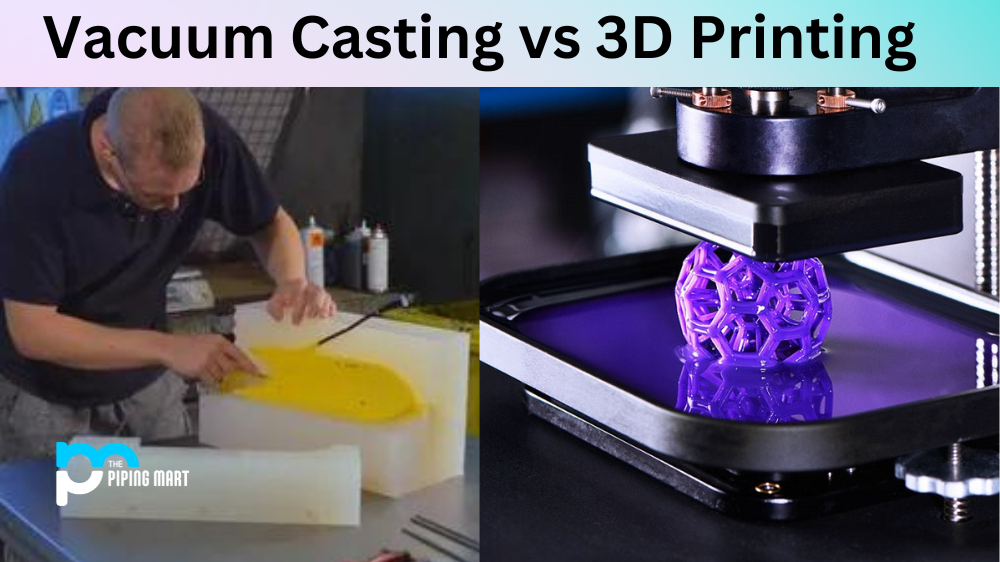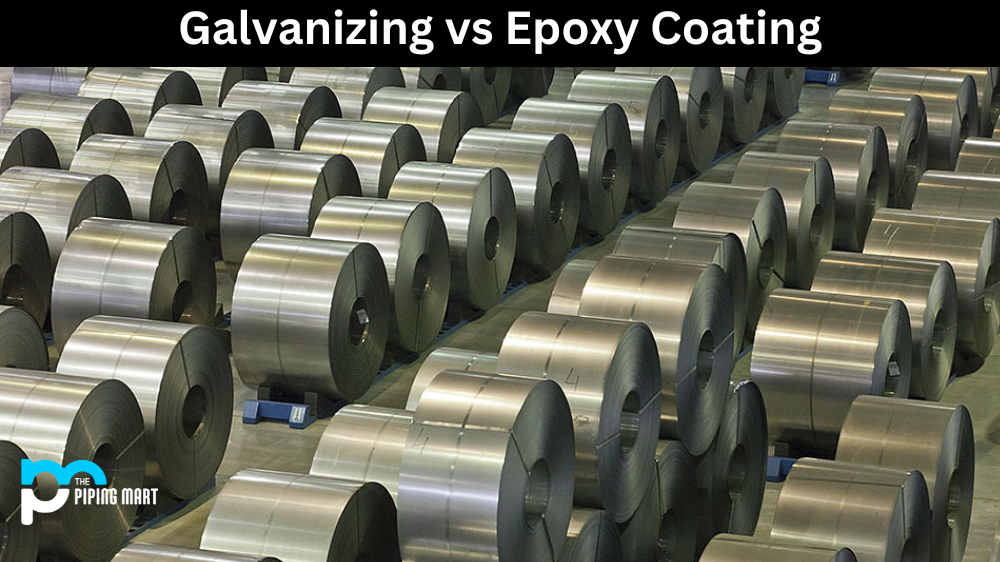Vacuum casting and 3D Printing are two different manufacturing processes used to create parts from plastic and other materials. Both have their own advantages and disadvantages, so which is the right choice for your project? Let’s break down the differences between these two processes and explore their benefits and drawbacks.
Vacuum Casting Process
Vacuum casting is a process that uses a silicone-based material to create moulds. This material is heated until it becomes liquid and then poured into a mould made using a master model or prototype. Once the material cures, the part can be removed from the mould and any excess material trimmed away. The main benefit of vacuum casting is that it allows for more complex shapes to be created due to its ability to fill in small crevices or details in the prototype. However, this process does have some drawbacks; it can take up to several days for each cycle, meaning production time can be relatively slow compared to other methods, such as 3D Printing. Additionally, vacuum casting is limited by mould size and cannot create parts larger than what will fit inside.
3D Printing Process
3D Printing is an additive manufacturing process that builds objects layer by layer using specialized software or hardware. This process has become increasingly popular in recent years due to its speed and cost-effectiveness; depending on the complexity of your design, parts can be printed in as little as a few hours or even minutes! In addition, 3D Printing does not require tooling as vacuuming casting does; this means that you can quickly modify your design without having to recreate moulds whenever you want to make changes. The downside of 3D Printing is that there are limits on how intricate designs can be since they must adhere to specific rules laid out by the machine’s programming language; if your plan requires excellent details, you may need to resort to another method like vacuum casting instead.
Difference Between Vacuum Casting and 3D Printing
- Vacuum casting is a process in which molten plastic is poured into a mould in a vacuum chamber. The vacuum pulls the molten plastic into the mould, creating a replica of the desired object.
- 3D Printing is a process in which an object is created by depositing layers of material, typically plastic or metal, one on top of the other.
- Vacuum casting is typically used to create prototypes or low-volume production runs, while 3D Printing is more commonly used for prototyping or one-off production runs.
- Vacuum casting is generally more accurate than 3D Printing, as the mould can be created with very tight tolerances.
- 3D Printing is typically faster than vacuum casting, as there is no need to wait for the plastic to cool before printing the next layer.
- Vacuum casting is typically more expensive than 3D Printing, as it requires special equipment and moulds.
Conclusion:
Vacuum casting and 3D Printing are excellent methods for creating custom parts, but they have their unique advantages and disadvantages when compared side by side. If you’re looking for speed, 3D Printing may be better suited for your project, but if intricate detail is essential, vacuum casting may be more suitable. Ultimately the decision comes down to what type of part you need to be produced; consider all your options before deciding which method best meets your needs!

Pipingmart is a B2B portal that specializes in metal, industrial and piping items. Additionally, we share the latest information and information about materials, products and various types of grades to assist businesses that are involved in this business.




